How To Store Water-Pros And Cons
Today, it’s all about how to store water. I’m sharing some of my tips and discussing the pros and cons of various approaches. We all have different budgets for funds available, different amounts of water needed based on family size, and the available space to store the water our family will require.
I’m just giving you the heads-up here: I’m sipping water from my daily jug as I write this article. I drink a lot of water every day. With drought reports and floods affecting so many locations, access to clean, abundant water is a challenge.
Don’t delay putting together a water storage plan for your family; it could make all the difference if disaster disasters strike! That’s why I’m updating this post from a few years ago.
How To Store Water
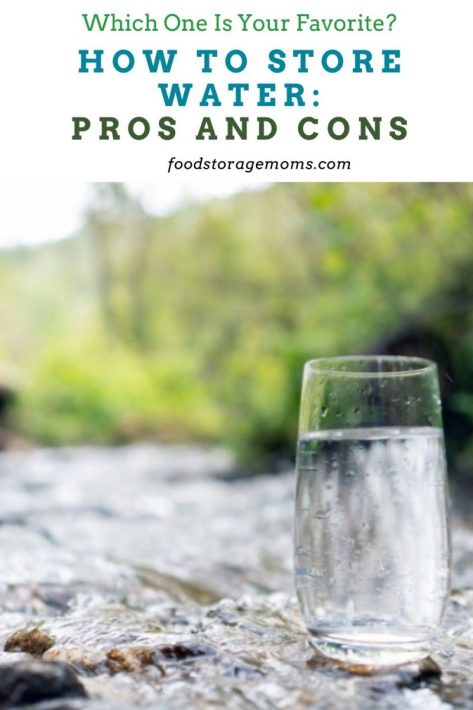
Please store ALL water at least 2 inches off the concrete/cement floor to prevent the chemicals from leaching from the cement into your containers. Using 2 x 4 boards works great, but we’ve also used pallets. Please store your water containers in a cool, dark location whenever possible.
Some preppers sware by the method of using underground water storage tanks. Underground tanks would certainly keep the water cooler, and depending on the depth, away from direct sunlight. I’ve never felt I had the storage space for underground tanks, and I’ve worried about water rotation and needing to drain the tanks periodically. Also, there’s the issue of installation and the related costs and hassle.
For our family, using food-grade containers and locating each water storage tank above ground for easy access has made sense.
Some of my prepper friends like to store their water in stainless steel tanks. That would be great, but the added cost just isn’t in my emergency prep budget.
We use 2 x 4’s mentioned for all my water containers to keep them off the concrete. I try to live each day with what I suggest to my readers, and water storage is essential to me and my family.
Did You Know You Can Survive:
If you haven’t seen my post about the time needed to survive without air, water, food, and shelter, here it is again.
Three minutes without air – I don’t recommend this.
Three hours without shelter – whether under extreme heat or cold weather.
Three days without water – you need water, or you’ll perish.
Three weeks without food – I promise, this would not be fun.
Of course, these are general guidelines since our bodies are different and can withstand various conditions and shortfalls. But they are helpful as we try to structure our preparedness plans to provide the best protection possible given our personal limitations and personal use of each factor.
How Much Water Do You Need?
I highly recommend storing 4 gallons of water per person per day. Is this too much? The American Red Cross recommends 1 gallon of water per person per day.
Are you like me, and you get thirsty just thinking about the small amount of water they suggest? The challenge is knowing in advance how many days of water you’ll need. Each situation is different when it comes to emergencies and the type of scenario you’ll face. Start small and build up your treated water storage inventory over time. Having a week’s worth would be great, having over a month’s storage I’d consider awesome!
You may want to read the pamphlet regarding suggested water storage amounts: American Red Cross (page 7).
Please keep in mind that if the weather is hot where you live, you may need more water. This may be necessary just to cool yourself down if the power is out for extended periods of time and also to make sure you stay hydrated.
How to Calculate Your Treated Water Needs
We need water for hydration, personal hygiene, cooking, and washing clothes, even if it’s just our underwear. Let’s talk numbers and make it easy for everyone.
Water for ONE PERSON for one day = 4 gallons
Water for ONE PERSON for seven days = 28 gallons
Water for ONE PERSON for fourteen days = 56 gallons
Water for ONE PERSON for twenty-one days = 84 gallons
Water for ONE PERSON for thirty days = 120 gallons
Of course, most of us are part of a family, so using these numbers to calculate family needs is pretty straightforward. The challenges you must consider are figuring out what containers to use, where to put them, how to protect the water adequately, and how to access it when needed.
If you feel more water per person makes more sense, then you now have your marching orders to make sure you have enough water to consider your family water prepared. Let’s get started.
Preserving The Water – Options
1. Bleach
Pros:
It’s inexpensive to purchase. Please add two drops of non-scented liquid household chlorine bleach to 1 gallon of water. It kills germs and eliminates certain odors. Bleach sure beats boiling all the water as you use it.
Cons:
The water must be rotated EVERY SIX MONTHS. If you have smaller containers, that may not seem too difficult unless you’ve relied on a whole bunch of those containers. Having to empty, refill, and then treat the water every six months is just too much of a chore for me.
There also MAY be some residual taste from the bleach, although that tends to dissipate and be less noticeable over time.
2. Water Preserver
I use this to store my water when I fill my containers for five years: Water Preserver.
Pros:
A little goes a long way. This solution, and I quote: H20 ResQ Water Storage (unavailable on Amazon right now), “Helps to maintain pure, sparkling clean, fresh-tasting water lasting up to 5 years and eliminates the need to rotate water. Avoid unhealthy short-term solutions that utilize hazardous inexpensive household chemicals such as sodium hypochlorite (bleach) or chlorine.”
It’s fairly inexpensive, and you only have to rotate your water every five years. Whether you’re using a large storage tank like my 250-gallon unit, smaller storage tanks like my 160-gallon, or standard 55-gallon water barrels, this product is so efficient and effective. I like that it meets my needs for long-term water storage.
We feel comfortable that this product protects our family from many pathogens like bacteria and viruses. I can sleep at night knowing I’ve taken the steps to make the water in my water storage containers as safe as possible.
Cons:
I really can’t find any cons. This is a good product that I have recommended to my readers for years. I haven’t heard any negative comments from users.
Water Filtration
I’ve always told my readers they need a backup plan for water preparation. I have Big Burkey and PortaWell water filtration systems as part of my water storage plans. There is always the chance your stored water has become contaminated, and you need a way to “filter” the water.
Both systems work great, but I like the PortaWell product because it filters the water much faster. It uses a 12-volt battery to pump the water from the water source through the filters and into the container rather than relying on a gravity-fed system. The PortaWell is more expensive, so you must decide which option best fits your situation.
When we lived in Southern Utah, we had a swimming pool. Having that pool water available did provide extra comfort, but I realized that in times of emergency, I’d still need to treat the water. Over time, the pool could be contaminated by pesticides, vehicle emissions, dirt from wind and rain storms, algae, and more. Knowing I could filter up to 60 gallons an hour using my PortaWell system was reassuring.
You are blessed if you have external water resources fairly close, like a reservoir behind a dam, a natural lake, irrigation canals, a river, a creek, or another waterway. Remember that water from these sources still needs to be treated, and plans must be made accordingly. If any of these sources are close to landfills, I’d be extra cautious! Even having them run close to fuel stations can be an issue with the possibility of leaked gasoline.
Containers: Based on Cost
1. 2 Liter Plastic Soda Bottles
Pros:
They’re free; you can wash them, and they are quickly filled with water and bleach according to the above ratio. When filled, they are relatively light in weight and don’t take up a lot of space when space is a factor.
Milk jugs are unsafe to wash and refill with water because cleaning the bacteria lingering in the bottles is nearly impossible. Reference: American Red Cross (page 8). Consider using them for clothes washing or other uses where drinking from the bottle is not suggested.
Cons:
The plastic bottles could crack over time, causing leaks, and are hard to handle if you need to evacuate your home. I haven’t found these to be very durable plastic containers.
2. Bottled Water – Commercial Brands
Pros:
Watch for sales and stock up on plastic water bottles to save money. These are fairly inexpensive unless you rely on them for large quantities of emergency water storage. They should be safe plastic containers since they are all food-grade BPA-free due to their design to store water for human consumption.
Cons:
Not only are they not environmentally friendly for the planet, but they also don’t store very long—they only store for 1-2 years, depending on how the water is processed.
3. 55-Gallon Barrels
Pros:
These are very cheap here in Utah, and I’m unsure where else they may be inexpensive. I’ve seen them for about $35.00 (empty) at local stores in Southern Utah.
You may be able to order them through Walmart and have them delivered to your local store.
Cons:
They are bulky and hard to handle, particularly if you need to get some water out. It would be best to have a bung to tighten or loosen the top. You will also need a pump to retrieve water from the barrel. Hard to store. BUNG and a PUMP
We recently had to move a few of these from the side of our house. Mark was surprised at how the pump we purchased worked. He removed the barrel caps or lids, put the pump into the barrel, and started pumping. Only a few initial pumps were needed to start the pumping since they acted as a siphon and pulled the water out without much-continued pumping. He did have to repeat the steps a couple of times, but it only took about 20 minutes to empty the 55 gallons. Slick!
4. 5 Gallon Jugs
Pros:
These are fairly cheap and easy-to-store plastic water tanks. Some are even stackable. These tend to be more heavy-duty than their smaller cousins. Some even come with a built-in handle, making them easier to use during water emergencies.
Cons:
Five-gallon jugs can be hefty to lift and haul. A 5-gallon water storage container can weigh over 41 pounds if filled to the top. You strong men may be ok with that weight when being lifted, but for some women, it’s a real chore!
5. WaterBricks/AquaBricks:
Pros:
These WaterBricks and AquaBricks can stack, have a handle, and easily carry two 3.5-gallon containers. You can carry one in each hand since they weigh about 27 pounds each when filled with water. AquaBricks hold 3 gallons of water. You should consider these if you are looking for a quality product with ease-of-use features.
Since the WaterBricks and AquaBricks come with handles, they are much easier to haul when you need to move them.
Cons:
They are a bit expensive. AquaBricks and Multiple WaterBricks. I have both of these brands, and they are fantastic.
6. BlueCan Water
Pros:
I realize BlueCan water may seem expensive, but please do the research. This water will last 50 years if you don’t store it where it will freeze or exceed 145 degrees.
These cans are the size of a soda can (12 ounces) and come in 24 cans per case. They are easy to stack on top of each other, and no preserver is needed.
Four cases of BlueCan water were a Christmas gift to my daughters’ families a few years ago. To me, it’s the best gift ever.
If you don’t live close to one of their distributors, the best place to buy is Brownells.
If you sign up for their emails, you’ll see when they have a sale or FREE SHIPPING available. That’s when I ordered my Christmas cases. You have to love it!
Cons:
It is more expensive than the other container options. Of course, the Blue Can choice is for drinking since using the water for cooking, washing clothes, or personal hygiene would be costly.
7. High-Capacity Tanks
Pros:
High-capacity tanks typically have two spigots, one at the bucket level and one at the ground level, which makes using these “valves” very convenient.
It is great for filling a bucket and for emptying the tank. They come in 150, 160, 200, 250, 300, and 350-gallon sizes. They are a great way to store larger quantities of water without taking up lots of space. We have 160-gallon and 250-gallon tanks, both in our garage. It’s not the best place for storage due to the heat, but it is better there than outside and subject to freezing or direct sunlight.
I put the required amount of Water Preserver in each one so we can use them for five years without draining and refilling them.
Mark saw a 250-gallon unit on display at Costco this week for $449. That’s a great price, and I trust the quality of Costco’s products. Check them out!
Cons:
These are bulky and hard to handle alone. They seem bigger once you get them home and try to place them where you want them to be accessible. Once in place and filled with water, they can’t be moved without draining.
They are cumbersome, and you may want to anchor the taller versions to the wall for safety reasons.
These tanks can be expensive to buy and to ship to your home. If possible, please try to purchase them locally (like Costco) and have them delivered. We tried to get some neighbors to buy when we did so we could save on the delivery costs.
8. Empty Glass Jars
Pros:
Some are free, such as empty pickle jars and mason jars sitting on your shelves. Glass is better than some plastics due to plastics and BPA issues. If you wash them in your dishwasher, they should be ready to fill with water afterward. I’m not a scientist, so I can’t say how long these will last on your shelves, but glass seems to last longer than any plastic I’ve heard of.
You could use the Water Preserver above, which should be good for 5 years without rotating. Like any other water storage container, it needs to be stored in a cool, dark place.
Cons:
The only con I can see is that they are breakable. This would be an issue if you have an earthquake, hurricane, or tornado that rattles your house. Having young children in your home with the chance of breakage and cuts could also be an issue. But not having water is a bigger issue for your family.
9. Are there any new options to store water I should consider?
I recently became aware of a product for storing water that you may want to consider. It’s called a WaterBOB. You can learn more about it at WaterBob.
Pros:
The term “WaterBOB” stands for water bathtub oblong bladder. It is fairly inexpensive at $40.00 (subject to change), plus shipping costs. When filled with the bathtub faucet tap water, it holds up to 100 gallons. Put the unit in your tub, fill it, and then take the water back out when needed using the siphon pump provided.
It comes in sanitary condition, so using it in the next few days wouldn’t require any treatment. Otherwise, use unscented bleach or WaterPreserver, as discussed above.
Cons:
It is designed for single use. If filled and drained, it isn’t easy to properly clean and dry the inside of the unit for secondary usage. Their website said it is possible to try washing and drying it, but you would need to treat the water stored going forward. It does tie up your bathtub, so it’s not designed for long-term storage. Most reviews on the website were from people who filled theirs in anticipation of a hurricane in case their water supply was compromised.
Final Word
I hope this post helped you learn a bit more about how to store water. If you’re teaching classes, please emphasize that water is the #1 item you need to store. Remember, whether you dehydrate or buy commercially packaged storage items, you’ll need to rehydrate them before using them. Freeze-dried items can usually be eaten right out of the can, but you may also want to rehydrate them with water. We can do this, one gallon at a time. Thanks for being prepared for the unexpected. May God bless this world, Linda
Food Storage Secrets You Need To Know
Copyright Images: Water Deposit photos_310925740_s-2019, Glass of Water Depositphotos_514784874_S

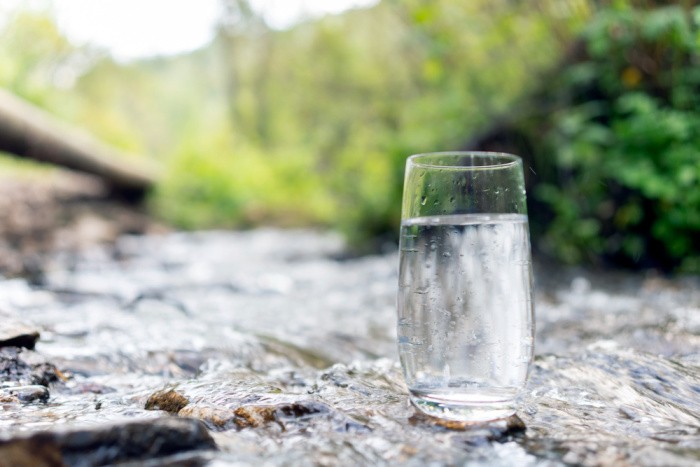


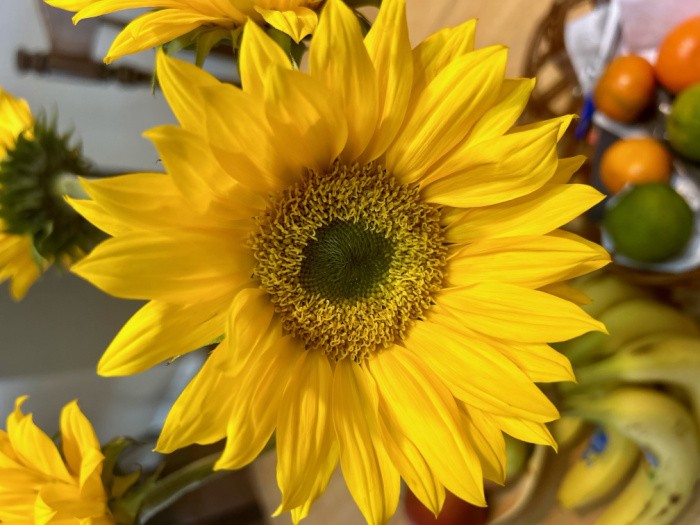

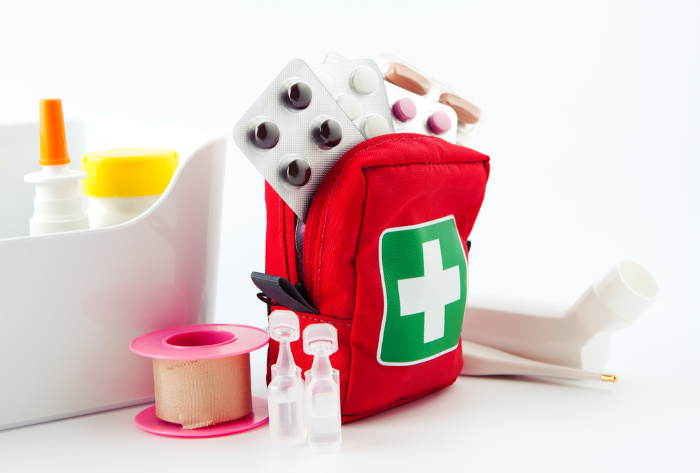

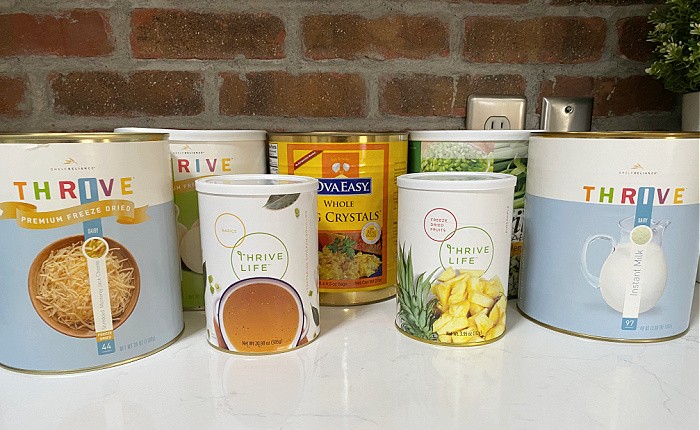
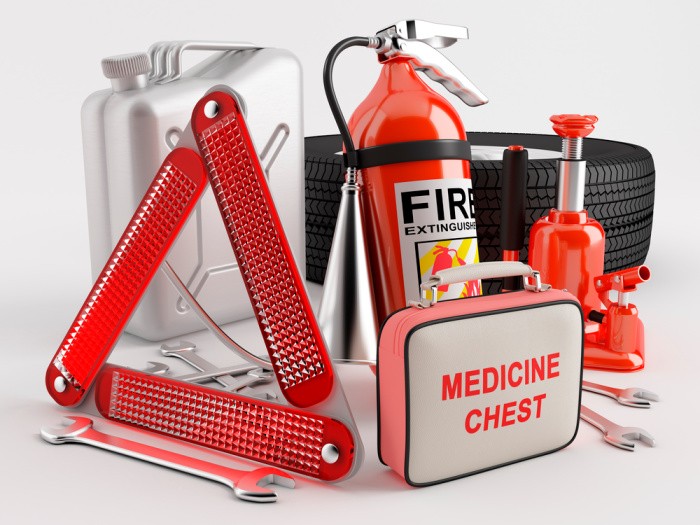
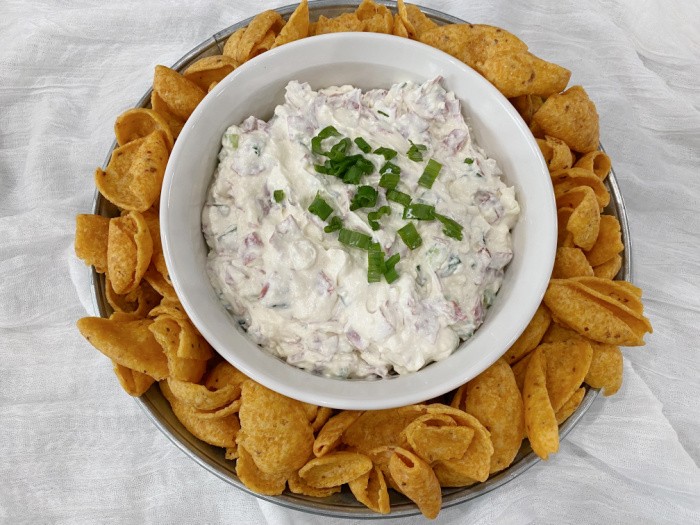
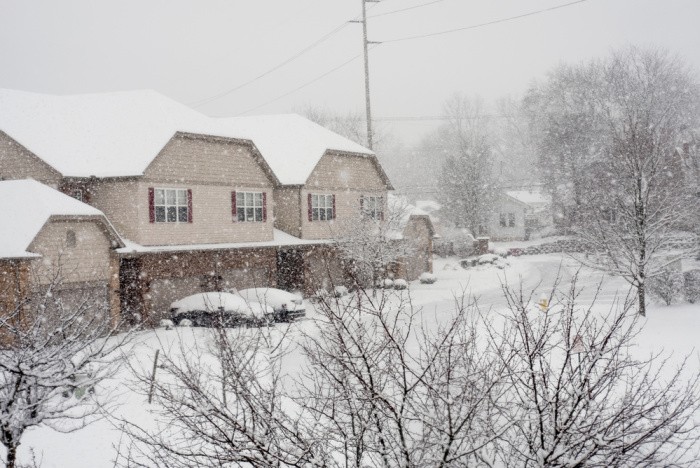
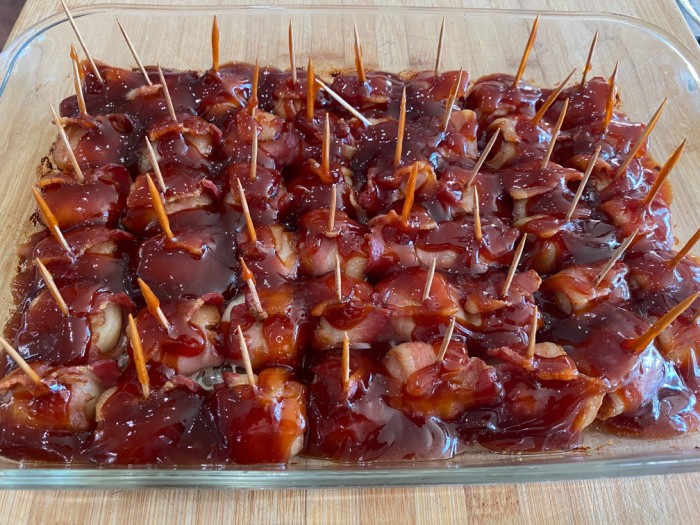
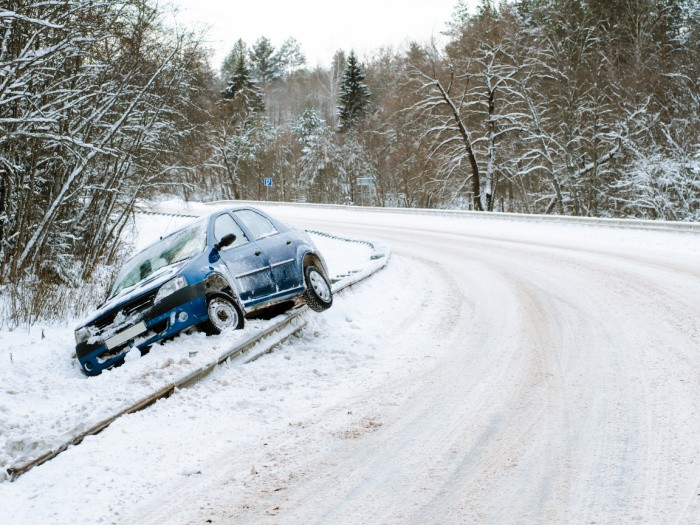
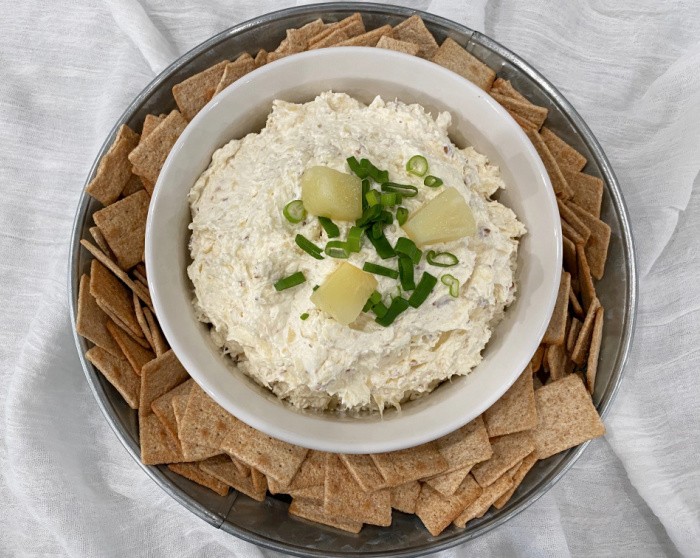
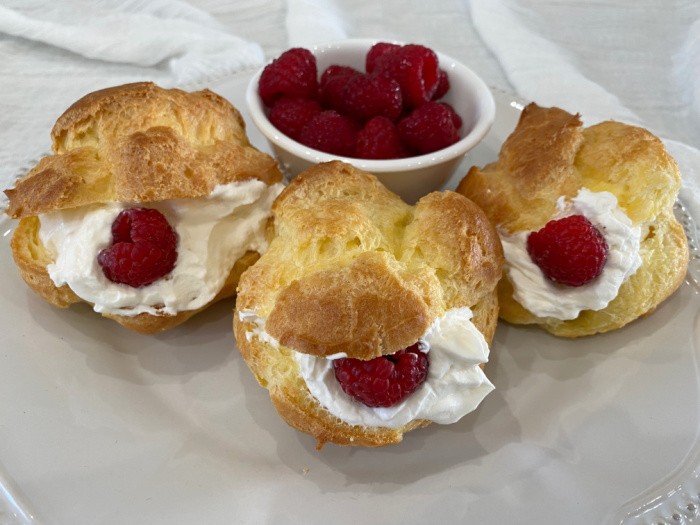
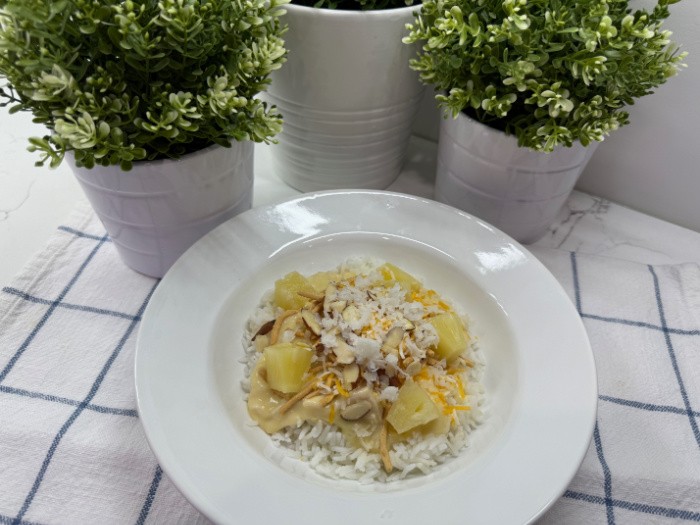
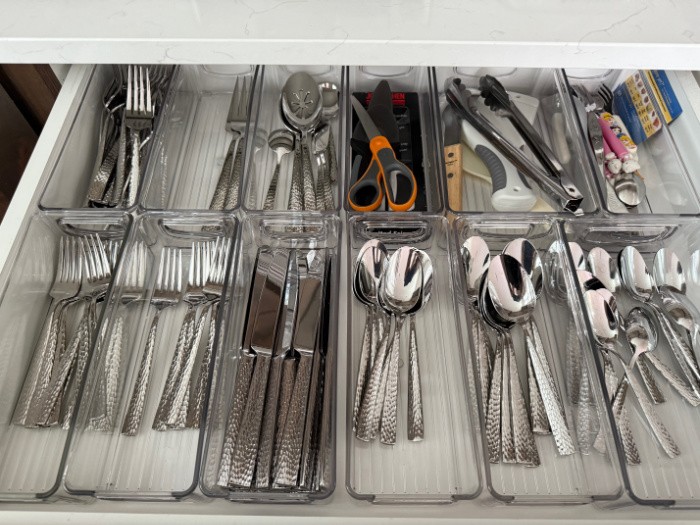
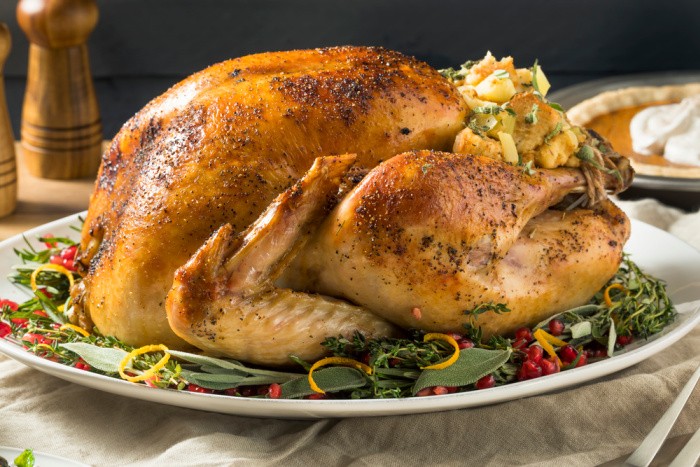

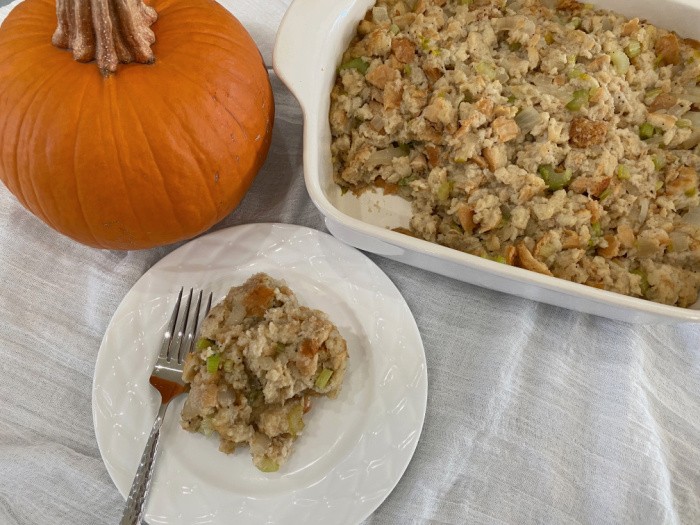


I did invest in some Waterbricks a couple years ago, and I highly recommend them! My water was off for a day last summer (well repair) so I had the chance to use them. Easy to lift onto my kitchen counter, spigot was convenient. One was frozen with no damage over the winter (good to know). Besides the stackable shape, the bricks also have holes molded straight through–so you can also run a rod through the whole stack to really secure them in place!
Hi Rhonda. great comment! I saw a post where some people actually froze water in the small ones (leaving room for expansion). It serves two purposes, one is water to drink and the other to keep your freezer cold if the power goes out. I need to try that. I need to organize my freezer first! Love this! Linda
I’ve done this and although it is good practice to help keep your freezer cold if the power goes out, that water will absorb every odor in your freezer, and when you need to use it, will taste quite nasty. Give it a try and see if that’s the case for you. I use this method just to fill empty space in my freezer and help keep things cold. But I will not consume that water once it melts.
Hi Mark, you froze water in the WaterBricks? I have some gallon jugs with water in the freezer, but I wouldn’t drink them after thawing either! Linda
Not water bricks, but gallon jugs.
Hi Mark, yes, gallon jugs would be awesome. Did I miss something? All I have to do is lay it on its side with the spigot to get water to fill cups. Linda
Open top barrels are the way to go. That way you don’t need a special pump or wrench. You just unscrew the kid and pop the top. Use any container to dip it out.
We’ve got 30gl to 65 gl in the family and use dollys to position them. I fill mine 3/4 full in the winter to allow for expansion.
The large IBC totes can be set 2 concrete bricks high and a typical 5gl bucket will fit under them. They sell attachments to put a garden hose on as well. You should wrap them in black plastic before filling and store them on the shaded side of the house to keep the algae down.
I store several of the water cooler type 5gl containers with spigots. You know like the orange container that sits in the dugout or on the sidelines. That way when I put it in the counter even the kids can fill their own cups or wash their hands.
Them soda bottles and jugs are great to refill the toilet with. They can be stored under most counters or around the toilet area and aren’t to heavy to lift. The bottles are also easy enough to handle hand washing.
I use bleach but only rotate annually. Make sure it’s not all in one place. I’ve got some inside, outside and in the storm shelter.
I think 4gl is more reasonable and closer to what we used in the army when out and about. Y’all soldiers think on it. A water buffalo held bout 300gl and it was refilled every 2 days for each company of bout 75-100 troops.
Hi Matt, thank for the great comment! I’m glad to hear the soldiers used 4 gallons a day. Awesome to hear! Plus the soda bottles would be great to flush the toilets, I love it! Linda
Matt, thanks for your post. Lots of great information plus ideas.
Thx
We’ve got plans in place for collection, filtering and stuff as well.
I also save our laundry detergent bottles for the non potable toilet flush. They are generally tougher than jugs. I don’t rinse them out either. I just fill them. Later they make good hand washers cause of that button.
Also don’t forget the hot water tank. The location of them can make collection a pain sometimes as they don’t sit very high or are in inconvenient places. Have a plan.
Also have some cheesecloth(deer hanging bags) on hand cause the minerals collect in the bottom of the tank and when you drain it it’s kinda gravelly. The deer bags are in the hunting sections and are pretty cheap. I’ve bought them post season for a buck. Yup deer/buck lol
I also keep rain barrels, filled from the downspouts on the house and barn. It’s not filtered, but can be used for garden, flushing if you want a flush toilet (we use a “humanure toilet”), and some washing.
Also worth noting for anyone with animals (we had a milch cow, still have horses, so needed to have *plenty* of water if the power went out!) Trash cans and assorted buckets can be filled at short notice–when a heavy storm is predicted, for instance. I put in a large, heavyweight trash bag first–not only makes sure the water is clean even if the container isn’t perfect, but if you have to move filled buckets, tie the top and it won’t slosh.
We still have the old dug wells on the place. I’m arranging to have two of them fitted up with old-fashioned hand pumps. Should be convenient for the pastures, but also if the power goes out long-term (thinking Blizzard of ’78, or Ice Storm of 2008!)
Hi Rhonda, oh my gosh I love your comment! I need to get some rain barrels. Great reminder. The blizzards and the ice storms!! Yikes! Linda
I always love reading your blogs…and then the comments. People have such good ideas at times! I know I don’t have enough water; it’s a constant worry for me. But what I do manage to do, tho, is save all my Tropicana Orange Juice bottles (they’re nice and sturdy) and fill them with water for “non potable” water. I keep them in my basement. They have flat sides so they snug up to each other easily. I know how people are supposed to store drinking water but as a whole, I think we forget about all the other needs for water-washing bodies, dishes (when paper plates, etc. run out), clothes-OUR PETS…things like that. I think I can treat our water bottles in an emergency but I really do need to figure out an affordable, better way of storing water. I always get such good ideas on this site! In case of emergencies/natural disasters, has anyone learned about the WaterBob or something like that? It’s basically a huge “bladder” to put in your bathtub and quickly access water before it’s no longer available. I used to think that was a good idea for something “instant” in an emergency.
I live in Northern Nevada and we frequently have our pipes freeze in the winter if we’re not careful to keep the heater up or the power goes out. Having all my little orange juice bottles has reeeally come in handy! It may not be ideal for long term but it sure works when the water gets frozen.
Linda, keep up the good work! I count on you and knowledge more than you’ll ever know!! :o)
Hi Robbie, you are so kind!! Thank you, your words mean a lot to me. I learn from my readers as well. That’s why it’s nice to see what others do to give us ideas. Let me tell you my thoughts on the WaterBob. It’s inexpensive but I worry, that people are counting on being able to fill it at the last minute before or after a disaster. What if the water is contaminated? That’s why I worry about my water heater. If the local waterways get contaminated, just something to think about. I personally have a lot of water stored but I always worry it’s not enough. Just keep doing what you’re doing, a jug or a bottle at a time. God bless this world, Linda
I’ve always wondered about those water-bobs too. Nice idea to have a fairly large amount of water in a clean “container,” but we’ve always just filled up the bathtub itself (to add to what we had in jugs or elsewhere) when we knew a storm was on the way. Maybe someday. I wonder how well they fold up to store, over time.
Hi Rhonda, I have wondered how they would dry out. It’s better than no water at all. Linda
I love your blog and read it when it hits my Kindle, save it, then go back and read again and sometimes again!!! You give hands on info and
pertinent info for those of us starting to Prep. It is scary out there and then add a pandemic, we need to be vigilant and know that our hopes
Will be fulfilled. Thank you again so very much. Diane
Hi Diane, thank you for your kind words, it’s people like you who keep me going. We can get through this, one can, one bandaid or whatever! We need to stay home if possible, wash our hands and smile even when it’s hard. Stay well and keep prepping! Linda
Thanks for this article, I was looking for good water options because I had read people can get sick with improperly stored water. I don’t think I missed it… what is your favorite option here? I’m probably going to try a few different and see how it stores
Hi Hot Water, I have water stored in a 250-gallon high capacity tank (used silver the emergency prep store provided), I used Water Preserver in 55-gallon barrels, 160-gallons high capacity tank, WaterBricks. My cases of BlueCans are good as delivered. The BlueCans will be my first to drink water. I felt I needed to give all options because so many people have different budgets. I tried to get a group buy in my neighborhood about 8 years for various water tanks discounted and I could not get one taker. So I have slowly just purchased mine. We could have saved 30-40% at the time. I would choose several and go from there. Start with a little and add when you can. Linda
Hi Linda:
My husband uses old Soda bottles for freezing water to keep the refrigerator or freezer full up. That way it is less stress on the freezers. We don’t use them for drinking either. We have a well and my husband knows how to create a water extractor for the well. He made a couple when he was a kid. So we will not be without water which is good. Of course no one but me enjoys drinking the well water. I don’t understand that because my husband grew up drinking well water but that is his choice.
Hi Jackie, you are so lucky to have a well! Great idea about the soda bottles. Linda
Lol, I just got done writing a post for a fb group about Frugal prepping/space saving and included water storage. I urged folks to re-use and re-purpose plastic containers since they seem to be a big part of my life. They aren’t for long-term but sure work for short-term. Oh, for water storage, white vinegar or vodka can be used in place of chlorine bleach. Vinegar can also be used to sanitize milk jugs if already well rinsed. I’ve been through a couple of droughts where I worried about my well and there’s lots of ways to save on water: canned foods’ water can be used to rehydrate things, dish water can be used for handwashing and then for the garden or for toilet. . People can share bathwater by one using the shower with the stopper in, or even using the line-up method : cleanest and littlest in first, keep adding water for each person. Lol, then there’s the saying: ” if it’s yellow, let it mellow. If it’s brown, flush it down”.
Hi Wendy, oh my gosh, I remember your statement, ” if it’s yellow, let it mellow. If it’s brown, flush it down”!! My sister taught me this when I visited her in Texas about 40 years ago. Wow, thanks for the reminder!! Great comment on the heavier plastic containers. Sure they are only good for the short term, but it’s still water. Good one! Linda
Back when I was a kid, my mom would always fill up our largest pots on the stove with clean water before hurricanes and serious winter storms, just in case. These days I have better long term storage options, but I always remember that option so I have some large pots (including the pressure canner), a few 5 gallon sports coolers and a water bob, so if there is notice of impending disaster I can top off and use that water before I have to dip into my long term storage or break out the filters.
Thanks for bringing this topic back up. Things are getting weird out there. Be safe!
Hi DmWalsh, isn’t it wonderful how memories from our past help us in the future? The pots are a fantastic idea. We already have plenty of them! life is crazy out there for sure. The good thing is we are prepared for what comes our way. Stay safe, stay well. Linda
Single-sourced pure mountain spring water, bottled in aluminum for plastic-free oceans and bodies.
Hi Adam, how does your product compare to BlueCans? Can you send me a case to test? Linda
I have a few questions. I have the blue 2.5 gallon water bottles. They are stackable. If I fill with tap water should I use a preserver?
I dont have a basement so I plan to put them in a bedroom 2 inches off the floor, should I use black curtins to to cover them? Or in circle them? I have a berkey and unused filters to filter the water. I will only use this water for a last resort to drink. But we could end up drinking it.
Hi Angela, first of all, I applaud you for storing water. I use a Water Preserver but it’s out of stock right now. If I use it I only had to rotate the water every 5 years compared to six months. I don’t know the quality of your city water, so I cannot comment on how safe it is. But you do have a Berkey which is awesome. I love hearing you are keeping them off the floor by 2 inches. I would not cover them, if they are dark blue they are keeping the water in a dark container. Good job, Linda
Linda, as you know I mostly rely on my AquaRain purifier to keep my water safe, but I finally broke down and bought that water purifier you recommended for my 55 gallon barrels. Previously I used bleach and had to empty and refill the barrels every couple of years. PITA.
Jane and I usually have between 10 & 15 frozen water bottles in our freezer. They are the 16oz Arrowhead water bottles we keep refilling after we drain them the first time. We only fill them 3/4 full and when we take them out to use them we top them off with filtered water. That’s what we drink all day. There’s no aftertaste at all. Just good, clean water. We keep a couple of dozen more and some blocks of ice in our large chest freezer as well.
You can never have enough water stored and we use several other storage methods in addition to those mentioned above. BTW, a month’s supply of blue can water for two people at 4 gallons each per day comes to more than $7,200.00.
That same money invested in a water from air device would keep you supplied indefinitely–so long as you could keep power to it. I’m seriously considering one of those for our little homestead as it’s much less expensive than a well–and they’ll work just fine so long as your relative humidity is above 6%. They are in use in many desert countries, so being in the Mohave desert wouldn’t be a problem.
As usual, I enjoyed your article and all the comments.
Hi Ray, I wouldn’t buy BlueCan water for washing dishes or for personal hygiene. Only for drinking. I love your idea of freezing the 16-ounce frozen water bottles. Great tip! I have to have filter water, reverse osmosis is my favorite but I have never tried the AquaRain, I’m working on that one. Great comment as always. Linda
Linda, Amazon had the water preserver back in stock.
Hi Ray, oh yay!!! Thank you for letting me know!!!! Linda